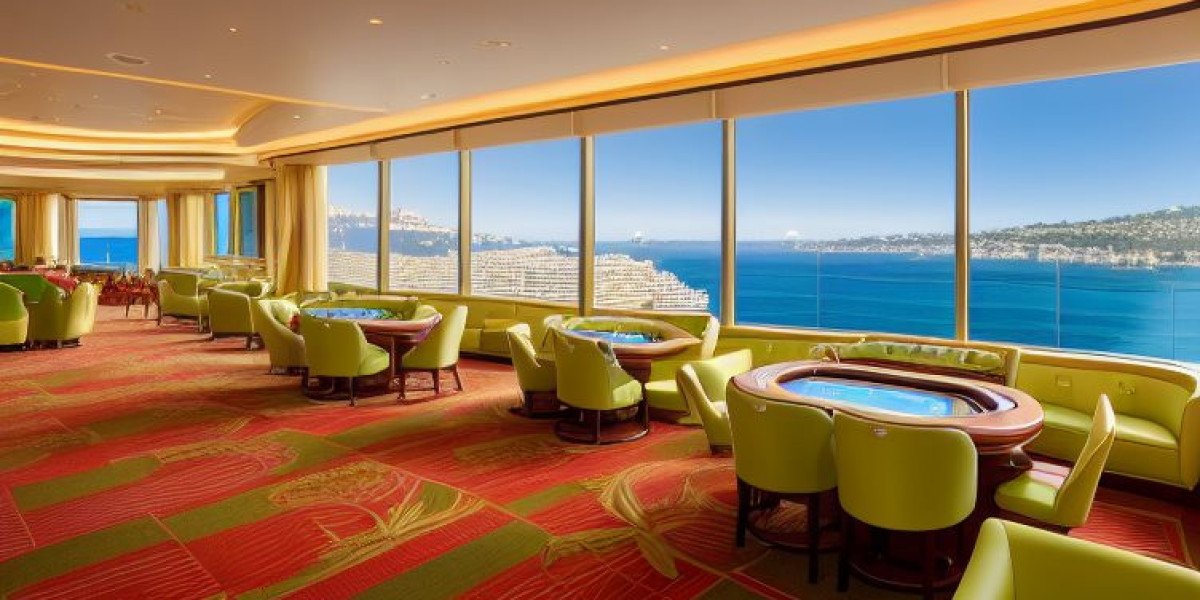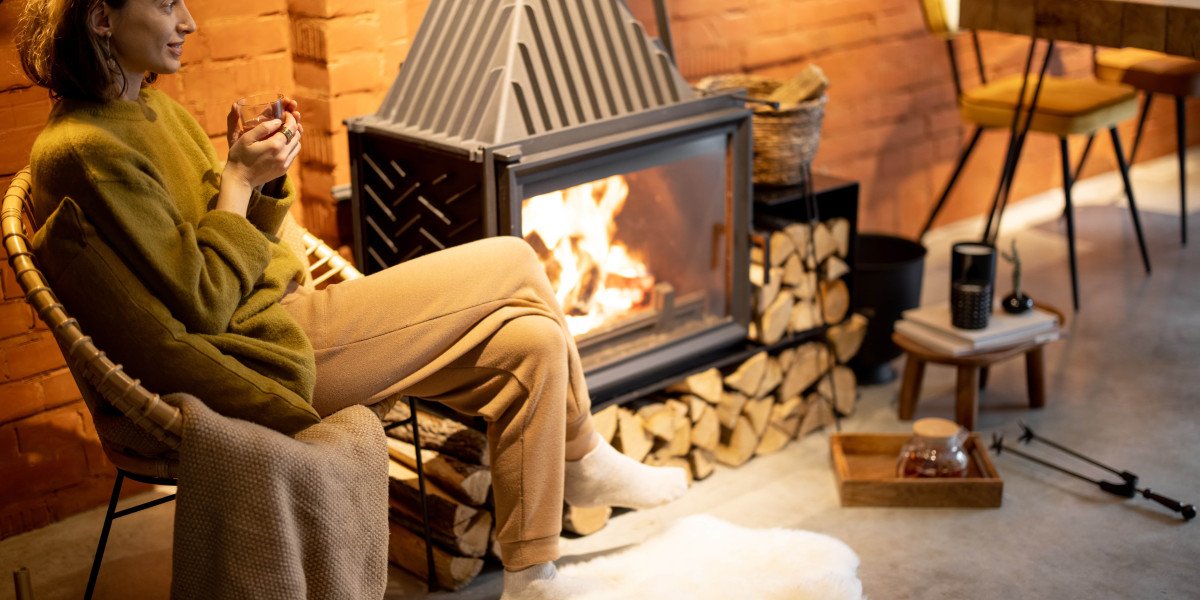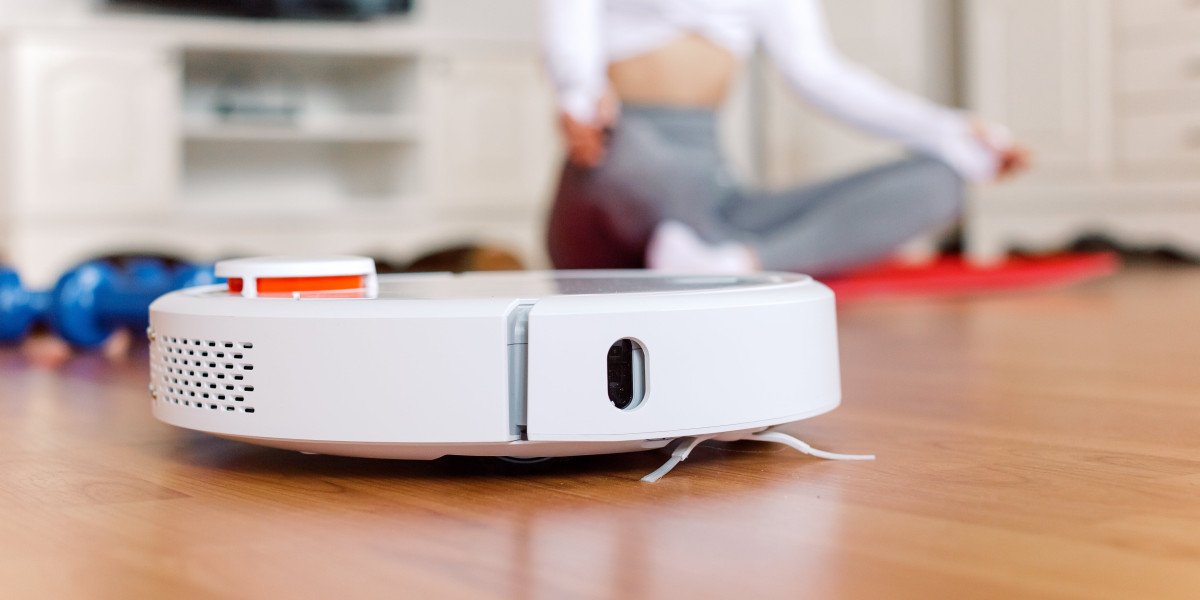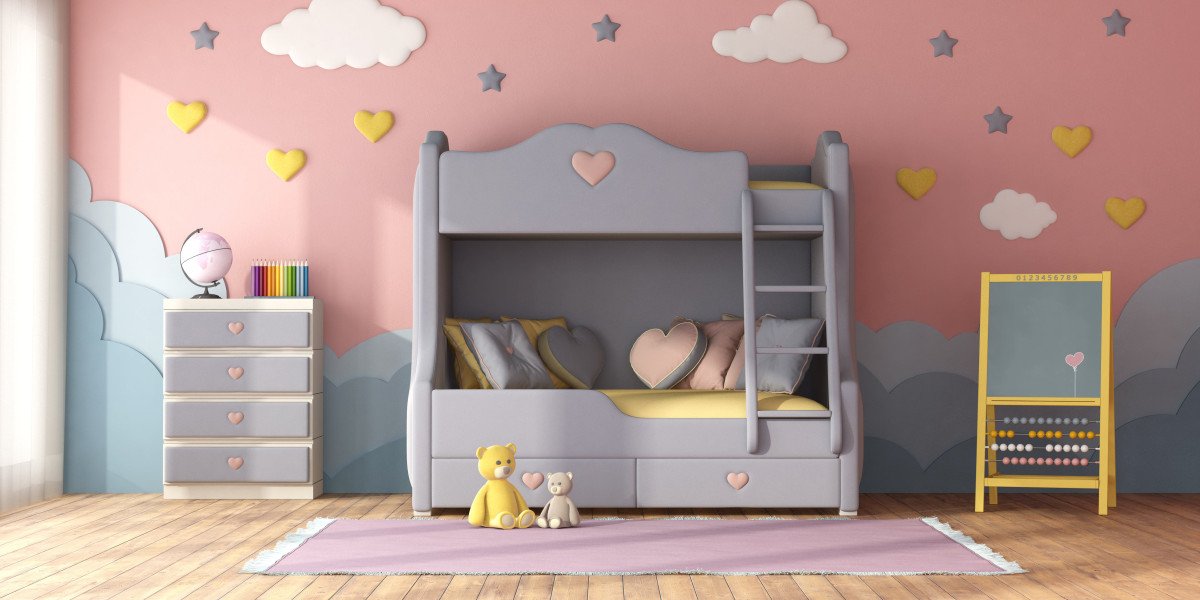While incandescent bulbs usually last for around 1,000 hours, LEDs can last for as much as 50,000 hours or more. This means fewer replacements and less waste, making LEDs a more sustainable and eco-friendly lighting possibility. When it comes to power effectivity, LEDs (light-emitting diodes) have proven to be a game-changer in the world of lighting. Compared to fluorescent lights, LEDs provide important advantages by means of energy-saving capabilities and low energy consumption. The main difference between LED and fluorescent lighting lies in their power effectivity and lifespan. In general, LED lights are extra energy-efficient and have an extended operational life in comparability with their fluorescent counterparts.
Ensure Compatibility Between LED Lights and Dimmers
Colored LED lamps at the second are commercially used for visitors sign lamps, the place the flexibility to emit bright gentle of the required colour is essential, and in strings of vacation lights. LED automotive lamps are extensively used for their long life and small dimension. Multiple LEDs are utilized in purposes where more light output than out there from a single LED is required. White-light LED lamps have longer life expectancy and higher effectivity (more light for a similar electricity) than most different lighting when used on the proper temperature. LED sources are compact, which provides flexibility in designing lights and good control over the distribution of sunshine with small reflectors or lenses. Using LEDs in your home or enterprise enables you to get monetary savings on your energy payments.
Apart from the working hours, the variety of switching cycles and the ambient temperature have the best influence on the durability. When the brightness decreases, the luminous flux (lumen) decreases. A distinction would only be seen if certainly one of two LED gentle sources had already had several 1,000 operating hours behind it and this was compared with a new identical lamp. An LED (light emitting diode) is a semiconductor mild supply. With present manufacturing processes, LED’s can be manufactured with a lifespan of a hundred,000 hours and more. This is light produced utilizing a semiconductor in a course of known as electroluminescence.
Lightweight for Under/Inside Cabinet: Brilliant Evolution Battery Operated LED Puck Lights with Remote Control
A heat sink is an especially important part of your LED lighting. Light emitting diodes don’t work properly with excessive temperatures, so the warmth produced by the lights needs to be diverted away. LED lighting isn’t like older incandescent bulbs that work on the AC power of your home circuit board. You need it to be changed to DC – which is what the driving force does. LEDs use materials that can handle the necessary ranges of electricity, warmth, and humidity.
Using an electrical current to generate warmth and subsequently light by way of a thin metallic filament, incandescents chew up about 95% of their vitality in this heat manufacturing process. So, until you’re planning on utilizing the bulb as a heater, this all goes to waste. In practice, it's tough to select an LED light supply on the basis of the luminous intensity in candela. Orient your self better on the luminous flux in lumens at the aspect of the beam angle. When assessing and evaluating the brightness of several lamps, always take observe of the lumen worth. According to lighting regulatory, the brightness by means of luminous flux (in lm) generally have to be acknowledged within the product description.
One of the most inexpensive flood or reflector LEDs, the Philips SlimStyle BR30 provides wonderful brightness and on-off performance and could be very vitality efficient. LED A bulbs have a bulbous form and are useful for lamps and common ceiling lights. They don’t cast light evenly, although, so are not great for larger areas or where you want actually good illumination (such as for a studio. Our high picks for power efficient LED lightbulbs that you just won’t have to vary for 20 years. The exact savings depend upon lamp costs, electrical energy rates and labor costs for an electrician if one is retrofitting or replacing the recessed fixture, Keoleian said.
However, the choice between LED and fluorescent lighting may depend on specific wants and circumstances. If you want an accurate estimate of your potential financial savings, we recommend a industrial energy audit to assess your present lighting system and supply a tailored advice for an LED improve. Not only do LEDs eat less energy, resulting in decrease utility bills, however their longer lifespan additionally means you're saving on maintenance and replacement costs in the long term. Unlike fluorescent lights, which tend to deteriorate with frequent on-off cycles, Https://Maria-Valentina-Varela.Blogbright.Net LED lights can withstand numerous switching cycles with none vital discount in lifespan or efficiency. LED lamps are available in a vast vary of colours, which could be finely tuned to supply the precise lighting ambiance you need.
The power financial savings and Sharevita.Com lowered replacement frequency offset the initial funding. By utilizing LED lights as an alternative of incandescent bulbs, it can save you as much as 80% on energy consumption. This vital discount in vitality usage interprets to substantial price savings and a positive impression on the surroundings. LED lights use less power as a end result of they are designed to be vitality efficient. They convert a better share of electrical vitality into mild, minimizing vitality wastage and resulting in decreased vitality consumption. This efficient use of electrical energy helps in conserving vitality and decreasing the carbon footprint.
The energy loss or lost vitality is given off as unwanted warmth corresponding to that from a hot normal HID ballast. As the ballast converts or "transforms" the input power into the desired output, there is a energy loss, wasting roughly 10% of the entire electrical energy consumed. If you have halogen lights, you're nicely aware that they will burn out frequently. This is as a result of filament growing thinner and thinner with each passing day, causing it to blow up in some unspecified time in the future.








